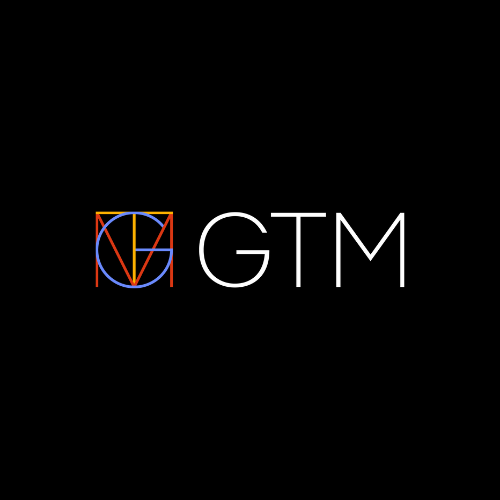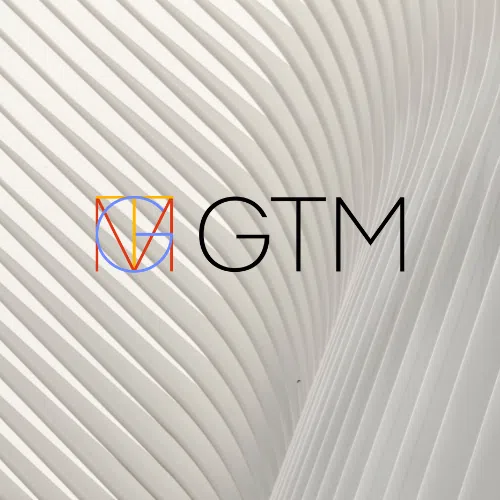With Pillar 2 compliance deadlines approaching ever so quickly, it may be time to evaluate related software options and how they might impact your tax department. Here is a list of items to consider when evaluating the marketplace of Pillar 2 software if your department is planning to keep compliance in-house:
Access and Security Permissions
Pillar 2 software can be cloud- or desktop-based. When evaluating software options, tax departments should consider who will need access and what levels of access will be required for everyone. You will want software that allows for different access levels and the flexibility to make changes.
Entity Management
The introduction of Pillar 2 compliance has led many MNEs to review their entity structure and plan for how certain Pillar 2 calculations will impact their business in the different jurisdictions in which they operate. One feature to look for in Pillar 2 software is the ability to load your entities and entity structures into the system. You’ll also want the software to automatically keep track of updates such as acquisitions, divestitures, mergers, and ownership changes. Many companies might also want software with the ability to conduct planning or hypothetical scenarios to account for any entity changes mentioned above.
Data Management
With any software, you need to think about data management. Your chosen Pillar 2 software will need to include audit trails, data-source tracking, data validations, and version control. It should also feature items such as data-gap analysis and reviews that identify the source data for Pillar 2 calculations and inputs.
Integration
A tax department will typically have existing software that they’d like to leverage as source data for Pillar 2 inputs. When evaluating Pillar 2 software, the tax department should think about its compatibility with the other software in the current workflow. The integration can be completed through APIs, Excel add-ins, and/or Excel spreadsheet imports. It’s important to consider not only the task of how data will be inputted into your chosen Pillar 2 software, but also how the calculations and results will be integrated into other software, such as an ERP system or tax provision software.
Calculations
One of the key factors of a strong Pillar 2 software option is its ability to perform calculations for CbC Safe Harbor, IIR, QDMTT, UTPR, and GIR related calculations. Your company should make sure that the Pillar 2 software can perform these calculations not only to comply with the OECD Model Rules but also the local jurisdictions’ rules enacted.
In addition, the Pillar 2 software should be able to perform calculations on different scenarios and compare them to a base scenario.
Compliance and Reporting
A key factor that is quickly becoming more urgent is Pillar 2 compliance. If you plan to keep the compliance in-house, then your Pillar 2 software needs to have the ability to file IIRs, QMDTTs, GIRs, and registrations. You can either do that directly through the software or by having it populate the required documents that can later be loaded into the jurisdiction’s filing site
Enhancements and Updates
With new jurisdictions signing and enacting Pillar 2 rules, your software will need to be regularly updated. When evaluating cloud-based software, you will want to know how often the software is updated, along with whether that process is automated. If those updates require action by the software administrators in your tax department, you will want to find out how to obtain and implement the updates. It’s also good practice to ask the software maker to release notes relating to the updates, so that the tax department can read up on what’s included in the latest version.
How GTM can help
GTM’s Tax Automation Services Group (TAS) has a long and proven history of helping clients evaluate potential software solutions for their tax department’s unique needs and wants. We take a software-agnostic approach and offer implementation services, process enhancements and establishment, and tax-technology advisory services. Our TAS group partners with our International Tax Service Group (ITS) to ensure that our clients’ tax technology and technical needs are met, providing data-gap analysis and reviews, calculations assistance, and preparation and review of compliance requirement services around Pillar 2.




